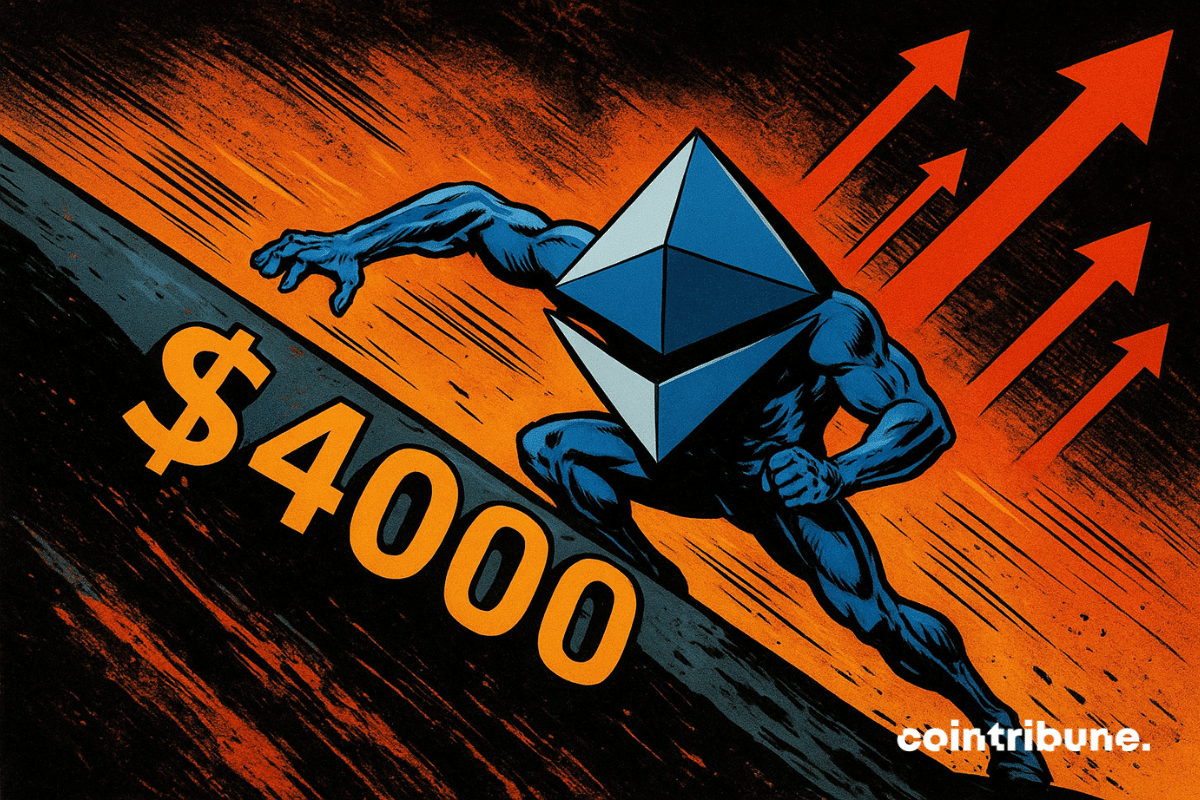Ethereum is entering the final testnet phase of its Fusaka upgrade, the last major step before its expected mainnet rollout on Dec. 3. The update introduces a per-transaction gas cap of about 16.78 million units to enhance block efficiency and prepare the network for parallel execution.
The change, already active on the Holesky and Sepolia testnets, is designed to prevent single transactions from consuming an entire block’s gas. Previously, a single transaction could use up to the full block gas limit of around 45 million, posing potential denial-of-service risks and limiting scalability.
A gas cap limits how much processing power a single transaction can use, ensuring no transaction can monopolize an entire block, and allowing the network to handle activity more evenly.
By enforcing a per-transaction gas limit cap, Ethereum aims to make block composition more efficient and predictable, ensuring that multiple smaller transactions can fit within a block.
The change is part of Ethereum’s broader transition toward parallel execution, a major milestone in its roadmap that will enable multiple transactions to process simultaneously.
The introduction of limited transaction gas caps came about a week after Ethereum launched the Fusaka upgrade on the Sepolia testnet, increasing the full block gas limit from around 45 million to 60 million.
The next phase of the Fusaka upgrade is scheduled for rollout on the Hoodi testnet on Oct. 28, with mainnet deployment expected in December 2025.
Related: Ethereum fails again above $4K as traders grow frustrated with shakeouts
Understanding the Fusaka upgrade
The Fusaka upgrade (EIP-7825) is a significant part of Ethereum’s roadmap and follows the Dencun upgrade in March 2024 and the Pectra upgrade on May 6, 2025.
The upgrade introduces several changes: It raises Ethereum’s default block gas limit to 60 million, sets a per-transaction gas cap of 16.77 million under EIP-7825, and debuts PeerDAS — the upgrade’s headline feature.
PeerDAS, or Peer Data Availability Sampling, lets Ethereum nodes store only small random portions of layer 2 “blob” data instead of the entire data set. This approach keeps the network secure while reducing hardware demands and enabling cheaper, higher-throughput scaling for layer-2 networks.
Glamsterdam, the next upgrade after Fusaka, will focus on Ethereum’s execution layer and introduce EIP-7928, the network’s first major step toward parallel transaction processing.
Gabriel Trintinalia, a protocol Engineer at Consensys’ client Besu, told Contelegraph, “These testnets upgrades are crucial in building confidence ahead of the mainnet fork, allowing client teams, validators and the ecosystem to validate performance, detect edge cases and fine-tune parameters before activation.”
Magazine: Back to Ethereum: How Synthetix, Ronin and Celo saw the light
Source: https://cointelegraph.com/news/ethereum-fusaka-gas-cap-testnets-parallel-execution?utm_source=rss_feed&utm_medium=feed&utm_campaign=rss_partner_inbound


